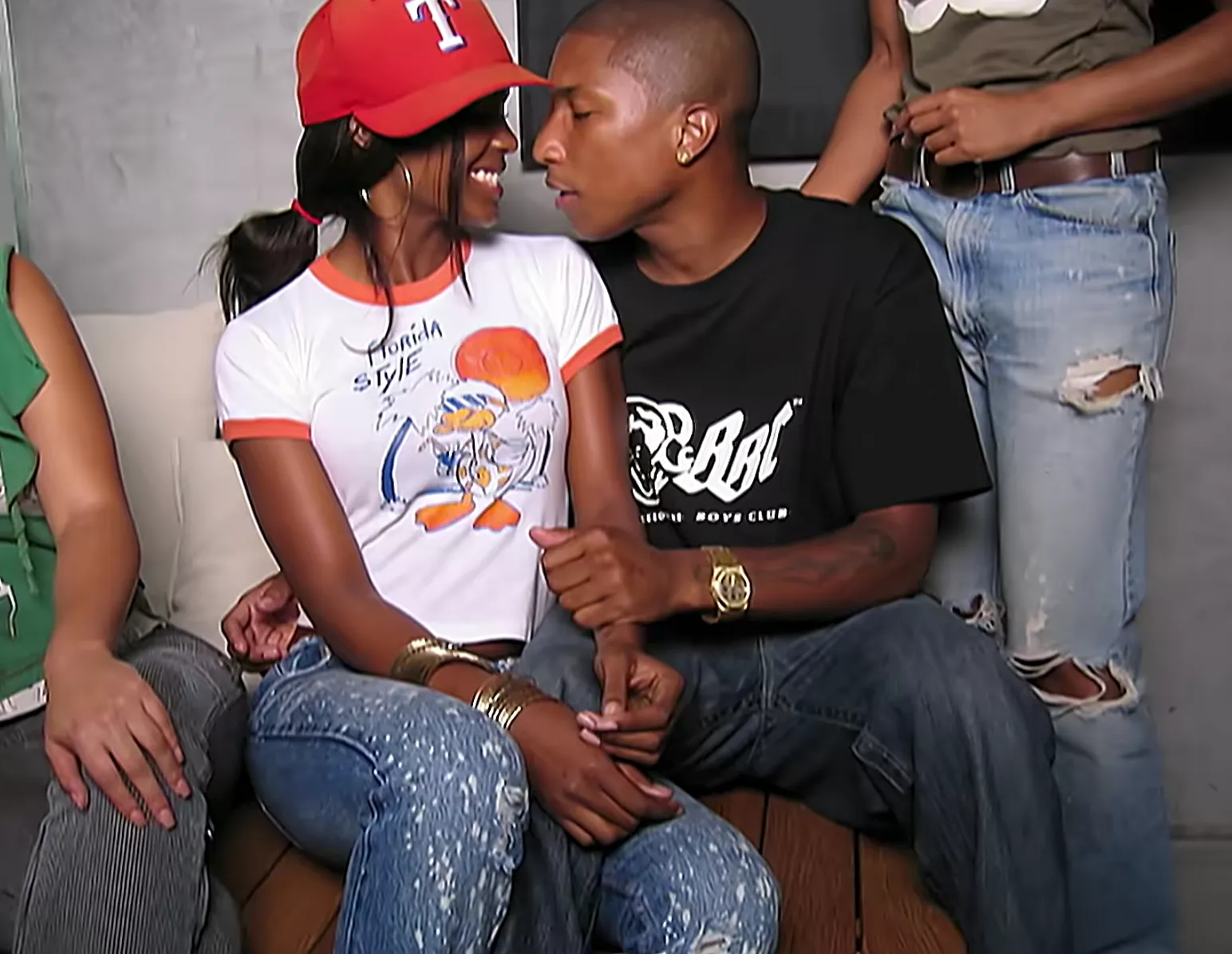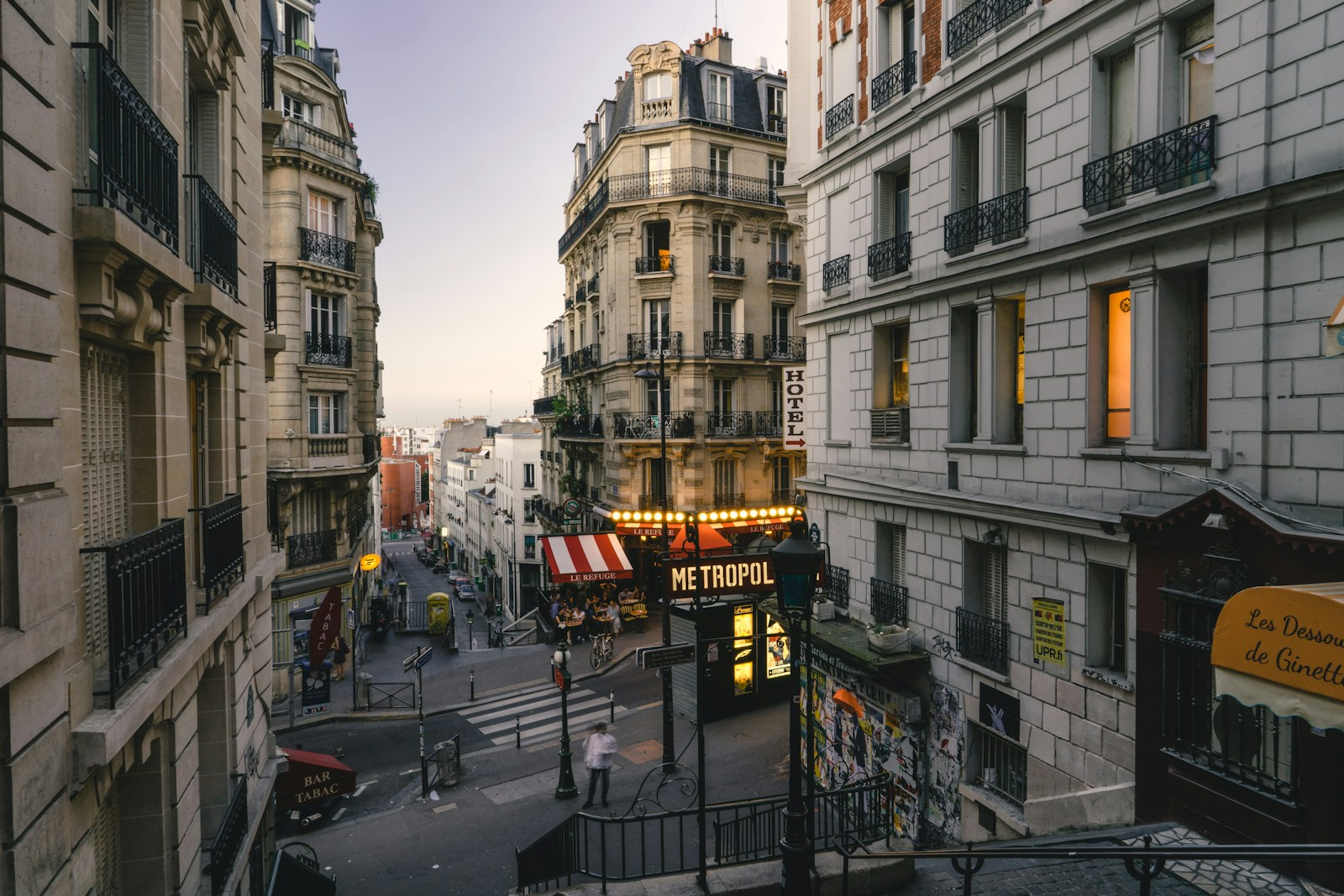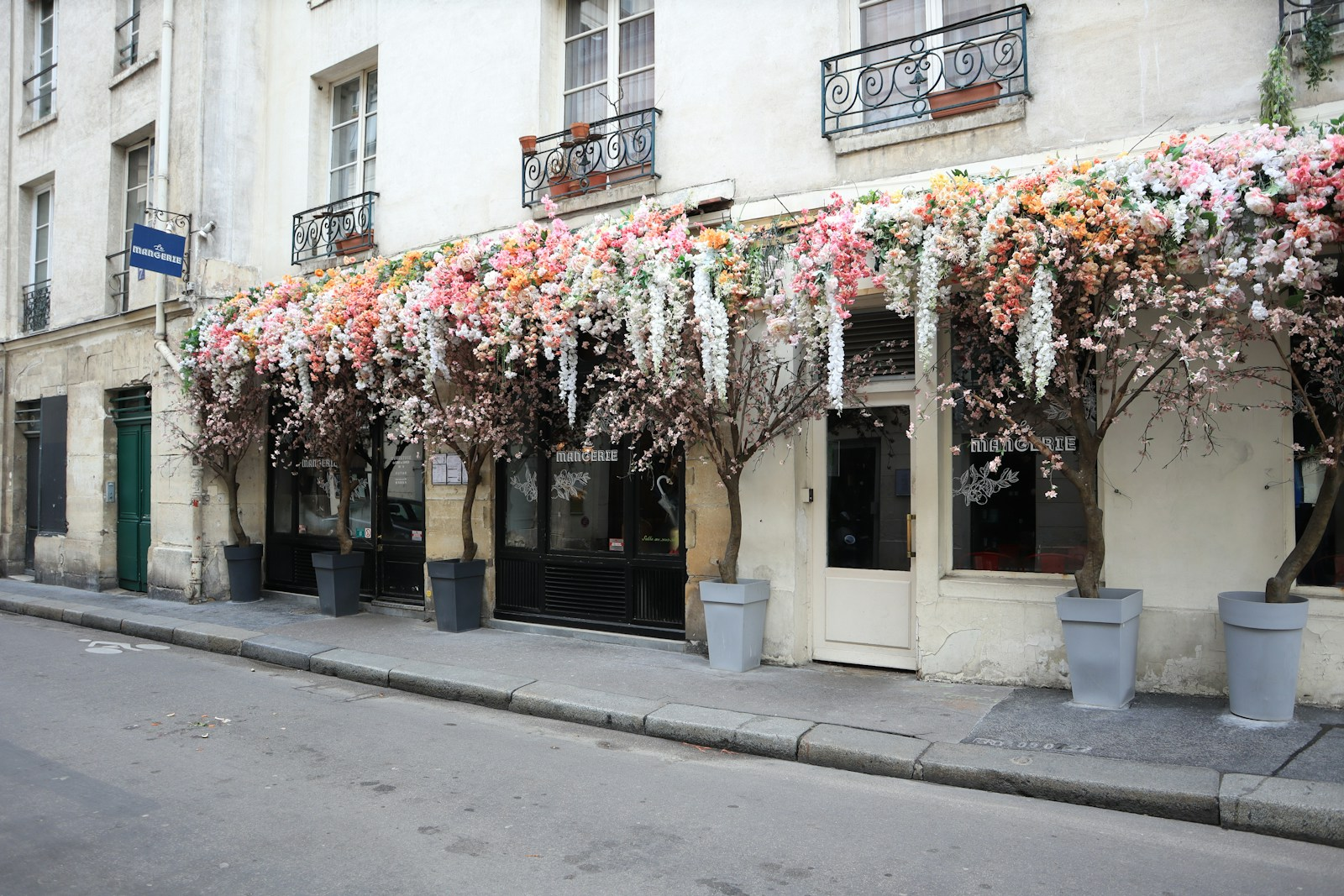Beyond the Butterfly Clips: How Hip-Hop’s Y2K Revival Became Fashion’s Reset Button
Let’s be clear: this isn’t just nostalgia.To dismiss the Y2K resurgence as mere nostalgia is to profoundly misread the cultural moment. This is not a passive, wistful glance backward but an active, intelligent re-appropriation.
The early 2000s aesthetic is being disassembled and reconfigured by a generation fluent in the language of semiotics, treating its signifiers not as dated relics, but as foundational code to be remixed. The revival is a sophisticated commentary on consumerism, digital identity, and the very nature of nostalgia itself.

To dismiss the Y2K resurgence as mere nostalgia is to profoundly misread the cultural moment. This is not a passive, wistful glance backward but an active, intelligent re-appropriation. The early 2000s aesthetic is being disassembled and reconfigured by a generation fluent in the language of semiotics, treating its signifiers not as dated relics, but as foundational code to be remixed. The revival is a sophisticated commentary on consumerism, digital identity, and the very nature of nostalgia itself.
At its core, this movement is an act of critical curation. Gen Z and younger millennials, who experienced the era through a child’s lens or not at all, are not replicating it verbatim. They are archaeologically excavating its most potent symbols—logomania, hyper-feminine babydoll cuts, dystopian techwear, and hip-hop’s baggy hegemony—and re-contextualizing them within a postmodern framework. The low-rise jean is stripped of its early-aughts baggage and re-presented as a radical, almost confrontational, silhouette. The once-gaudy logo tee is now worn with a heavy layer of irony, its blatant consumerism acknowledged and subverted.
This is deeply intertwined with the sifting through archives of Ecko Unlimited, Von Dutch, and early Dior to construct a new personal narrative is an act of creative defiance against fast fashion’s homogeny.
Crucially, the conversation is incomplete without acknowledging hip-hop’s indisputable authorship of the era’s most enduring looks. The Y2K landscape was dominated by the genre’s potent blend of aspirational luxury and street-level pragmatism.. And while pop princesses often get the credit, the engine driving this revival—for both men and women—is undeniably hip-hop.
Logomania & Status Flexing:
This was the era of “walking billboards.” Brands like FUBU, Ecko, Pharrell’s Billionaire Boys Club, and a preppy-turned-streetwear Von Dutch became synonymous with success. Wearing a logo wasn’t subtle; it was a flex—a testament to making it. This has returned with a heavy dose of irony; vintage logo tees are now styled alongside high-fashion pieces, referencing a cultural moment rather than purely flaunting status
The Architects: Pharrell, Kanye West, and a New School of Influence
The modern reinterpretation of Y2K is impossible to discuss without crediting the visionaries who bridged the gap between then and now.
As Kanye West himself stated, “There would be no me, no A$AP, without Pharrell“
Pharrell’s lasting impact is that he reminded us how amazing it is to be individuals. Pharrell is an anomaly: a Virginia Beach kid into skateboarding who wore tight pastel polos, trucker hats, and bright sneakers inspired by cartoon characters long before it was considered “cool”.
Kanye West refined it into a high-fashion language. He took the logomania and aspirational energy of the early 2000s and clamored for the fashion industry to take it seriously. His journey from rocking pink polos (a nod to Pharrell)
Kanye proved that the influence of Virginia’s sound and style—from Teddy Riley to Timbaland—was a foundational pillar of modern Black music and fashion.
The contemporary revival leverages these elements to explore modern anxieties. In a world of beige algorithm-core and sanitized minimalism, Y2K’s maximalist, chaotic energy feels like a rebellious act of joy. Its tech-optimism, however naive it seems now, offers a potent escape from our current digital dystopia. We are not simply wearing clothes from 2002; we are wearing a critique of 2024, using the aesthetic tools of the recent past to question the present.
Ultimately, this is about semiotic play. The Y2K revival is a complex language where a Juicy Couture tracksuit can be both a genuine fashion item and an intellectual statement on early-aughts celebrity culture. It is a testament to fashion’s evolving role as a dynamic, conversational medium, where the past is never dead—it’s just waiting to be hacked and redeployed for a new era.




